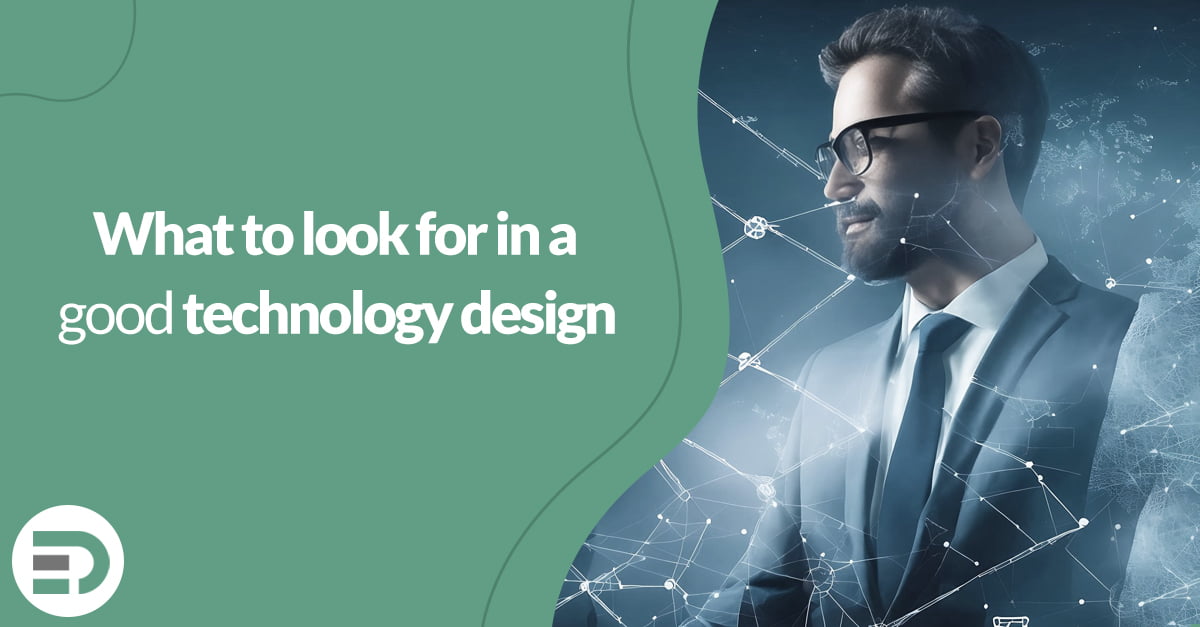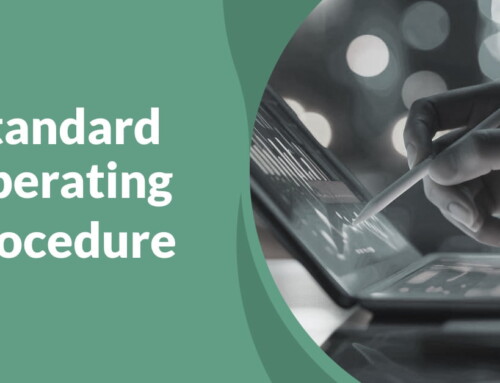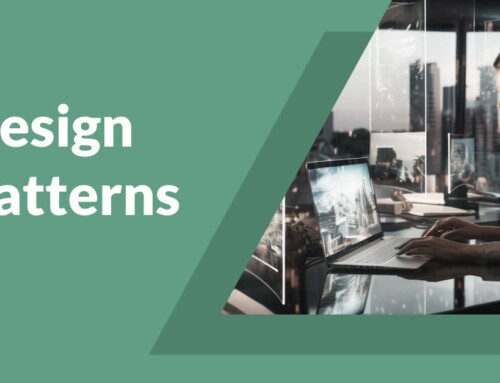Key Elements of Effective Design in Technology
When it comes to design in the technology world, it’s not just about looking good. Effective design is about communication, functionality, and inclusivity. Here’s what to look for in a good design:
Narrative Flow
A true indicator of a good design is its narrative quality. A design that flows like a story is indicative of a well-thought-out process. It should lead users on a journey, with each step logically following from the previous one. If a design is hard to follow, it likely hasn’t been fully refined. This narrative approach helps in making complex technical concepts more digestible and engaging.
Consistency Throughout
Uniformity in fonts, colours, diagrams, and terminology signals meticulous planning and consideration. It’s not just about visual appeal; consistent design elements foster user familiarity and ease of use. Inconsistent designs can be disorienting and suggest a lack of cohesion in the development process.
Clarity in Decision Making
Good design is centred around clear decision-making. Every aspect of a design should be the result of deliberate decisions and more importantly, these decisions need to be clearly articulated. This transparency helps users and stakeholders understand the rationale behind certain design elements, fostering trust and confidence in the product.
Inclusivity for All Users
A good design caters to both technical and non-technical audiences. It achieves a balance, offering in-depth technical detail for those who require it, while maintaining simplicity for those who do not. In such a design, each element is presented in two layers: an initial ‘what this means’ section at the top, providing a clear, non-technical overview, followed by a detailed table of technical specifications below, catering to the more technically inclined reader.”
Requirement Fulfillment and Rationalization
Lastly, a good design should meet all its intended requirements. However, in cases where not all requirements are met, the rationale behind these decisions should be articulated. This transparency helps users understand the limitations and trade-offs that were considered during the design process.
Conclusion
In conclusion, good design in technology is about creating a product that tells a story, is consistent in its use of elements, makes clear decisions, caters to a diverse user base, and fulfills its requirements while explaining its compromises. These elements together create a design that is not only pleasing to the eye but also functional and easy to read.
For more insights into making the best technology partnership choices for your business, follow #ElementDigital on Linkedin or reach out: Contact Us







Leave A Comment